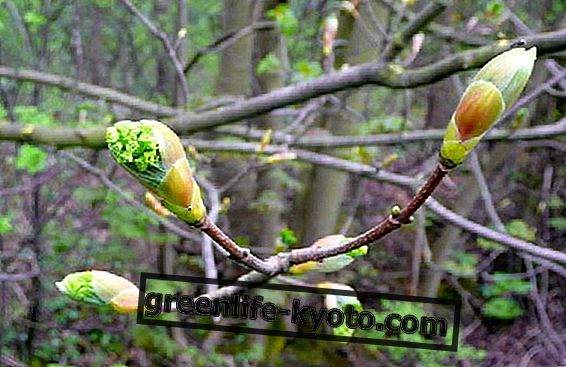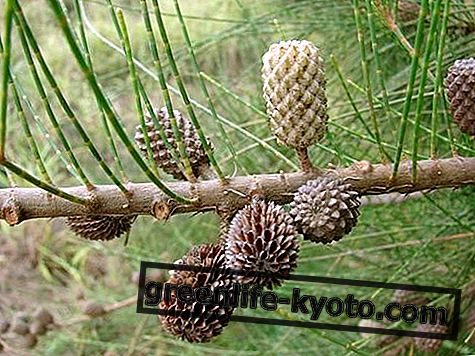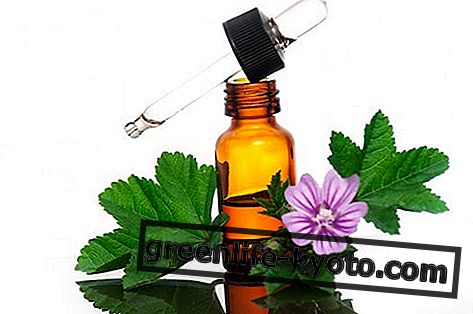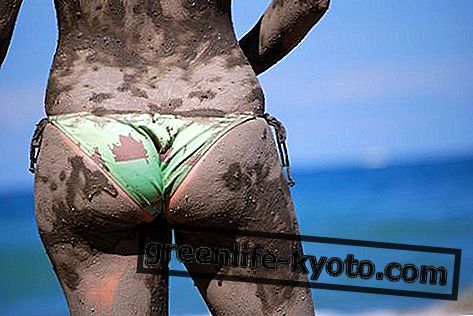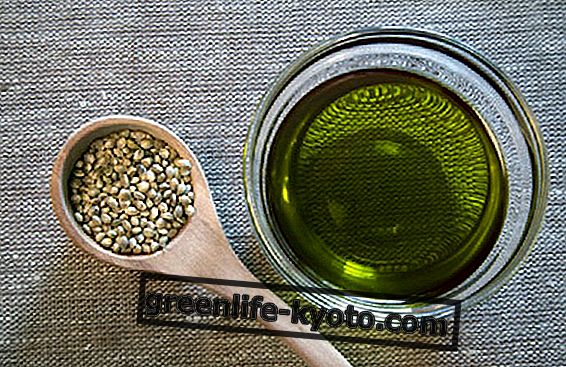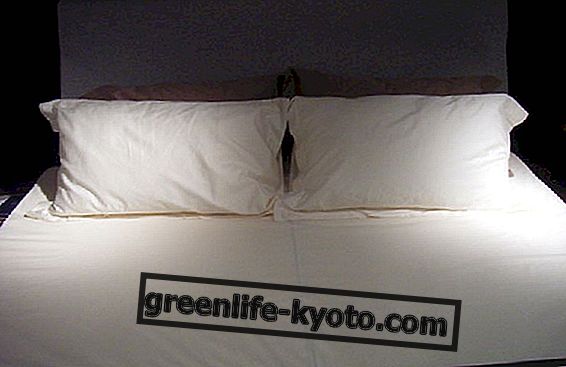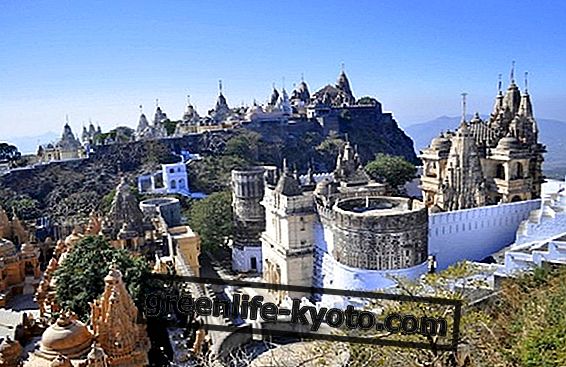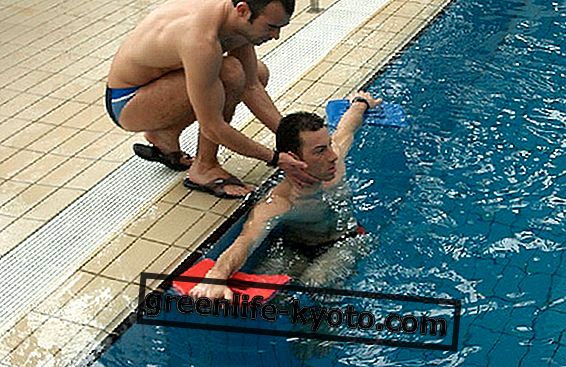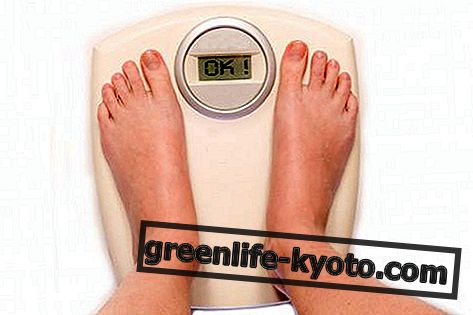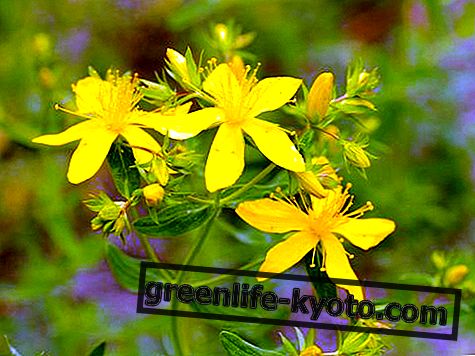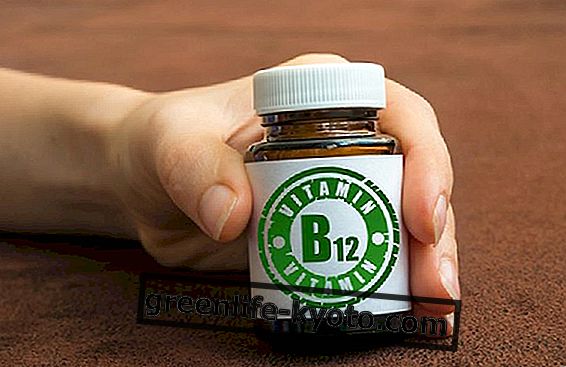
Ventilated clay is a very fine and mineral-rich clay that has always been used as a natural and cosmetic remedy for the skin.
In addition to wraps and poultices, clay is also used for massages : let's see how and when to use ventilated clay for massages .
Ventilated clay for massages
Ventilated clay is obtained by separation with compressed air which allows for a particularly thin powder. Ventilated clay can be green, white or pink and is rich in minerals and has an absorbing action that is believed to be useful for detoxifying the body, even through the skin.
In cosmetics, ventilated clay is used to perform purifying face masks, anti-cellulite muds, sebum-balancing hair packs and re-mineralizing body massages.
Body massages with ventilated clay are performed in beauty centers or at home, using ventilated clay mixed with hot water and possibly vegetable oils and essential oils.
Ventilated clay massage relaxes muscles, loosens contractures and simultaneously has an exfoliating and purifying action on the epidermis; in addition to this, if extracts or oils are added to the clay, it will have a specific effect on various skin problems and skin appendages such as excess sebum, psoriasis or cellulite.
Clay therapy: for which disorders is it useful?
DIY clay massage
It is possible to prepare a massage cream with ventilated clay also at home, with ingredients available in herbal medicine.
The choice of ingredients depends on the action you want:
- for a massage against muscle or joint pain, choose an extract of arnica montana and essential oils of rosemary and lemon;
- for an anti-cellulite action you prefer green tea and essential oils of sweet orange, grapefruit, cypress;
- to dissolve excess fat and improve blood circulation, extracts of ivy and fucus and essential oils derived from citrus fruits are excellent;
- if you want to purify your skin, add the sage infusion or tea tree hydrolate and essential oils of lavender and lemon instead.
Ingredients
> Five to ten tablespoons of ventilated clay
> water, hydrolate or infusion
> 30 drops of essential oils
Preparation: pour the clay into a bowl and add one to three essential oils of your choice. Also add any aqueous extracts such as arnica, ivy, fucus and finally add the lukewarm water or infusion, stirring until a thick cream without lumps is obtained. For an emollient and moisturizing action, you can also add a tablespoon of olive oil, avocado or jojoba wax.
Use the mixture to be massaged on the body, letting another person help you in the areas that you cannot reach, such as your back. Make circular and determined movements for twenty / thirty minutes ; after the massage, remove excess clay with your hands and rinse the residues with warm water.
